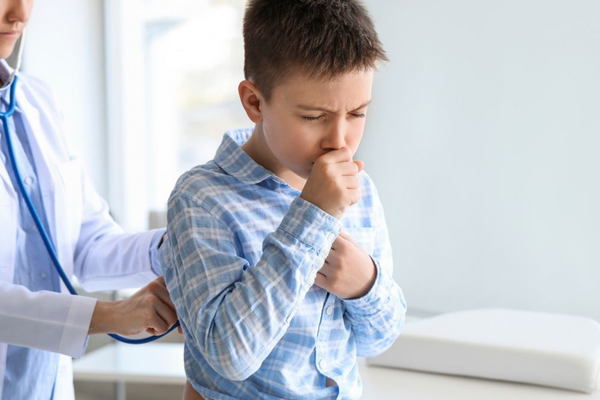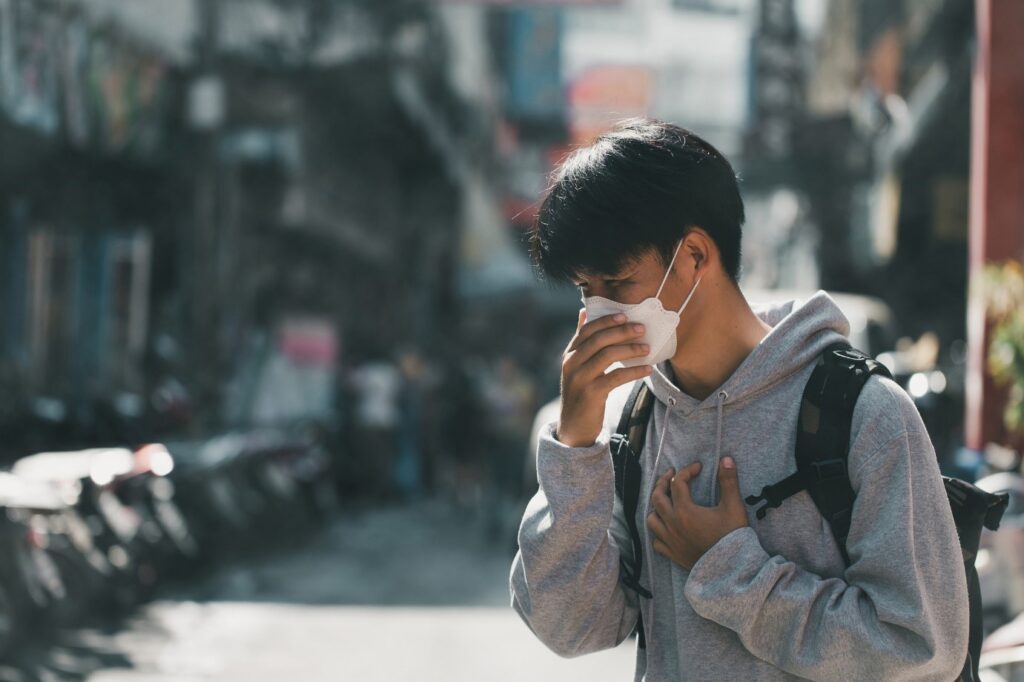Whooping cough cases have increased in China, the Netherlands and the Czech Republic.
What is whooping cough?
- Whooping cough is a highly contagious respiratory tract infection only found in humans.
Causes
- Caused by the Bordetella pertussis bacteria, which attaches to the cilia (tiny, hair-like extensions) in the upper respiratory system.
Symptoms
- Initial symptoms include runny nose, nasal congestion, red watery eyes, in addition to the previously mentioned cold-like symptoms and low-grade fever.
- Severe coughing fits with the characteristic “whooping” sound can lead to vomiting, and in infants and young children, may cause sleep apnea.
Transmission
- Spread easily from person to person through the air via droplets when an infected person coughs or sneezes.
- The bacteria produce toxins that damage the hair-like projections (cilia) that clear mucus and debris, leading to inflammation in the airways.
Prevention
- Vaccination remains the most effective protection. In addition to the DTaP and Tdap vaccines, Mission Indradhanush in India provides immunization against whooping cough.
- Emphasis on hygiene and proper sanitation, such as regular handwashing and covering one’s mouth and nose during coughing or sneezing, remains critical.
Prompt medical checkup and adherence to antibiotic treatment if symptoms develop, alongside proper bed rest, are essential preventive measures
Ref:Source
| UPSC IAS Preparation Resources | |
| Current Affairs Analysis | Topperspedia |
| GS Shots | Simply Explained |
| Daily Flash Cards | Daily Quiz |



